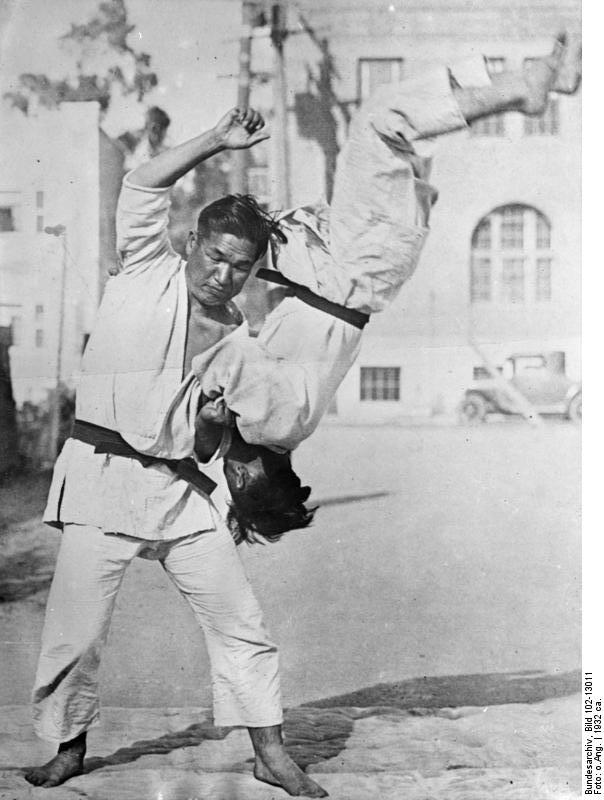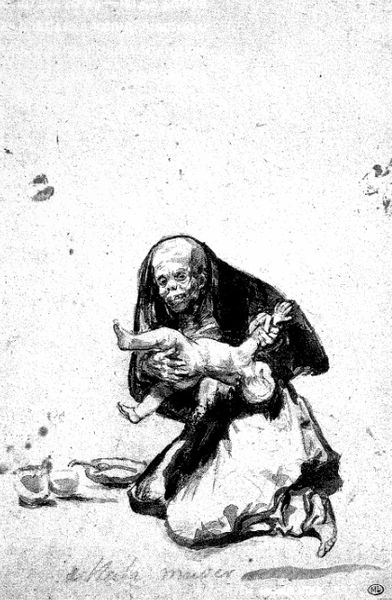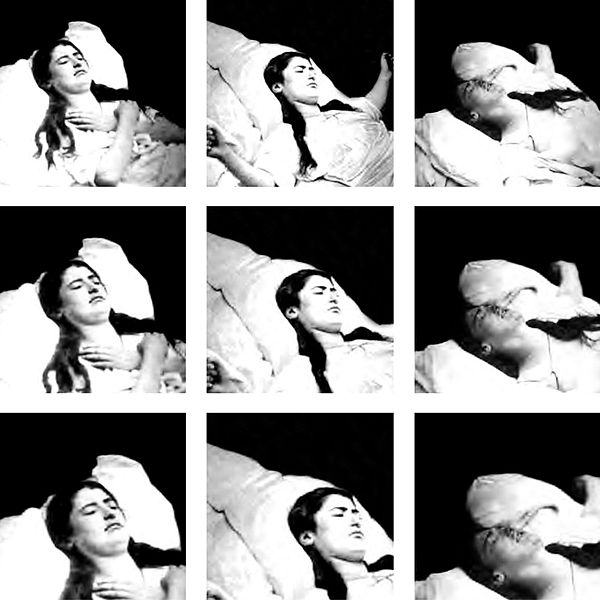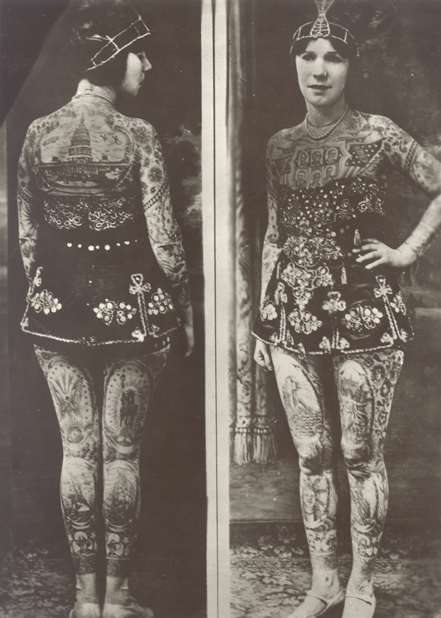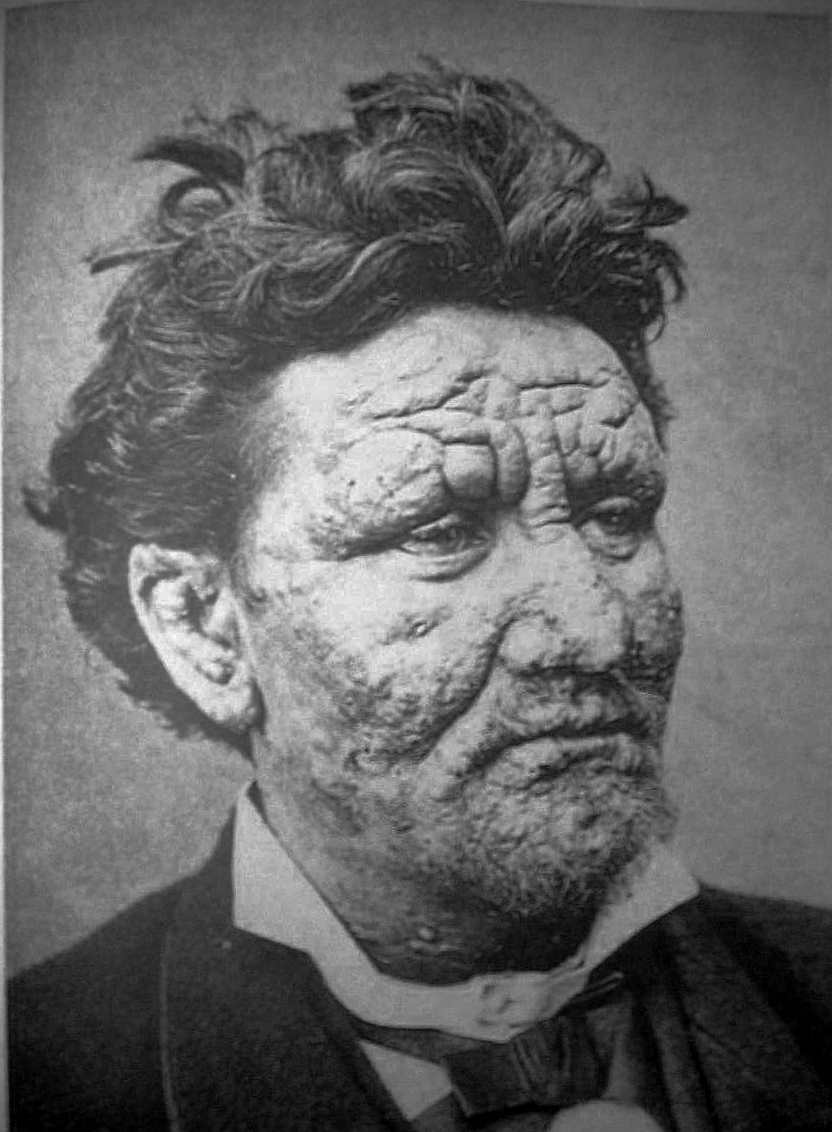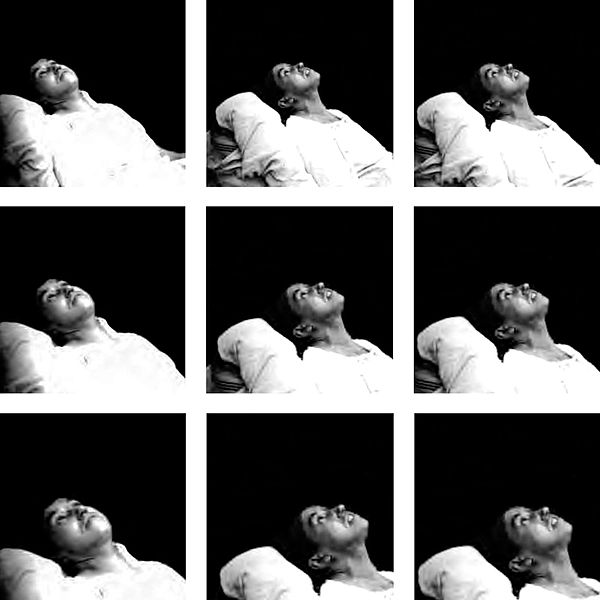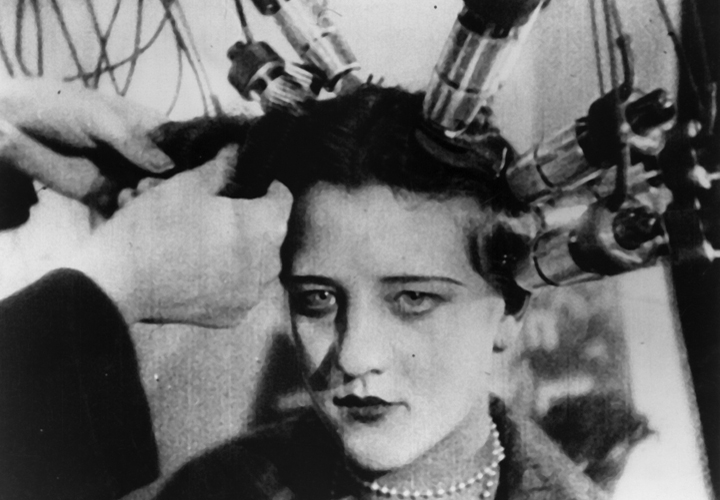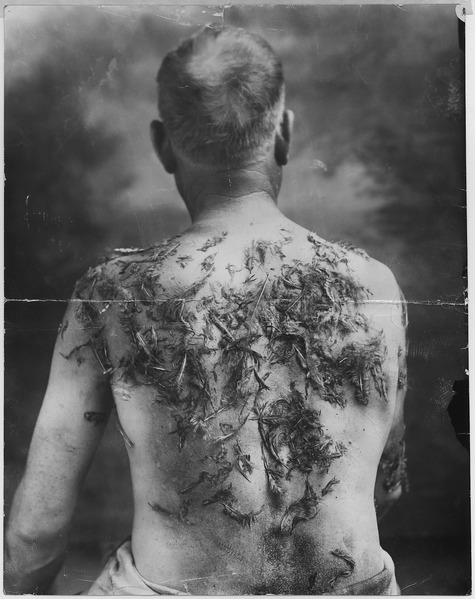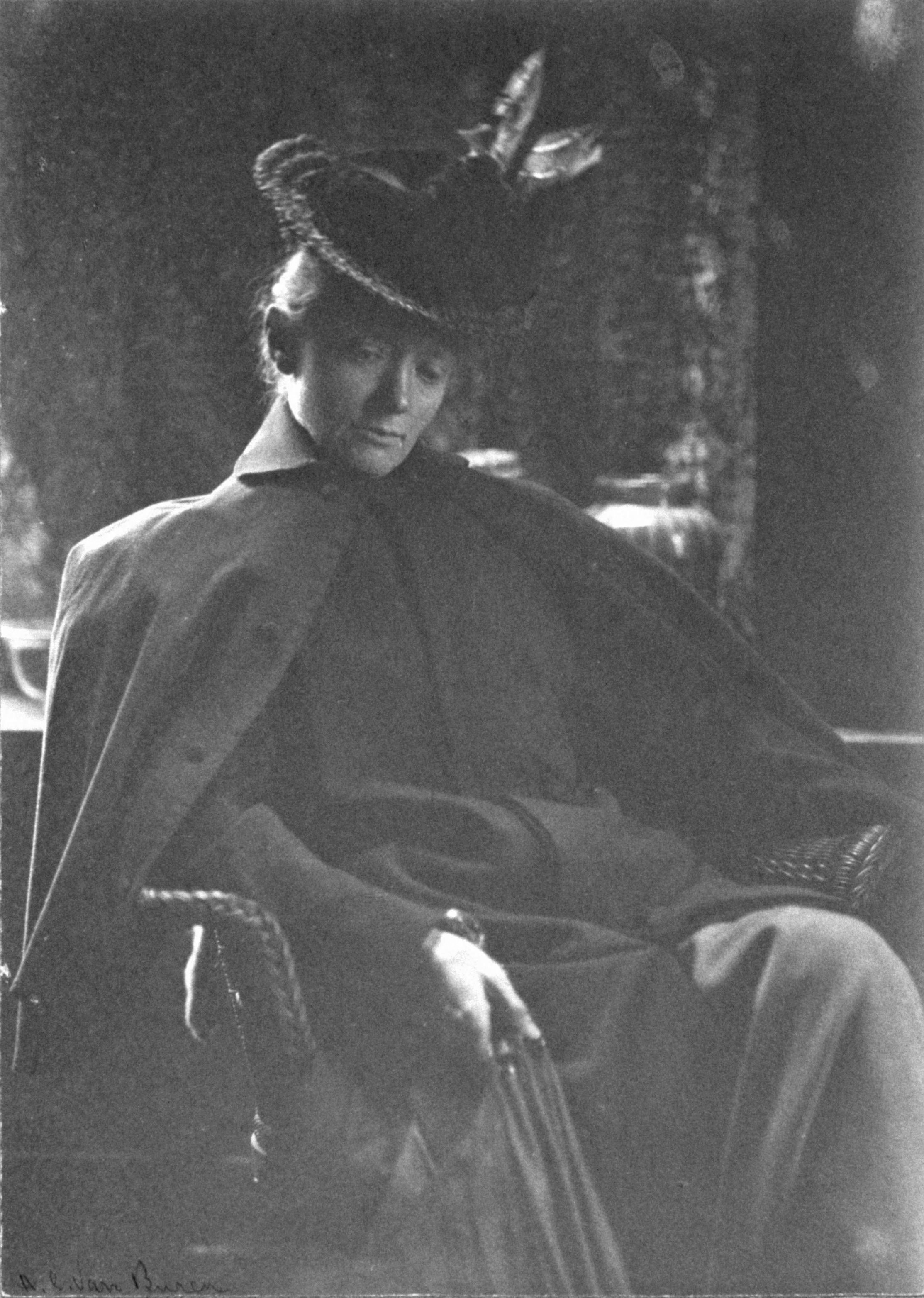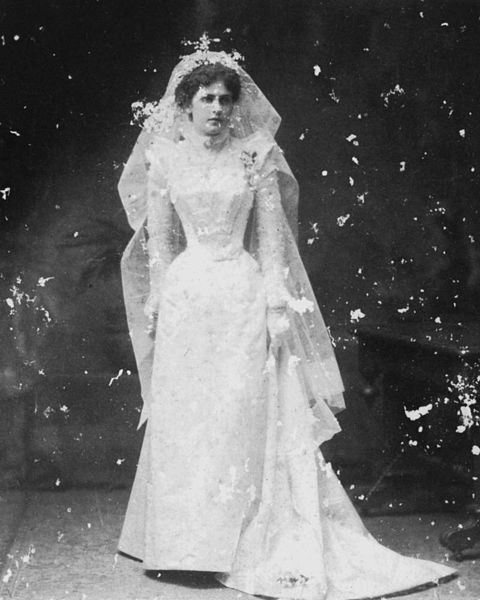
We see ghosts sometimes because we’re afraid of death. If others haven’t completely died, maybe we can also somehow go on forever?
In 1848, the Fox sisters (Margaret, Kate and Leah) of New York told a lie about ghosts that people wanted to believe, and so they did. The two younger siblings (pictured in the above undated classic photograph) claimed that they could communicate with a murdered man who made “rappings” on the floor upon command, and with a little sleight of hand–foot, mostly–they caused a national sensation. The girls were soon “performing” in large halls and arenas around the world. The so-called intelligentsia was just as gullible as were the rubes; James Fenimore Cooper allegedly prepared for death by meeting with the girls. And Spiritualism, discrete from religion, had begun in earnest the United States
The Fox girls may have had an unusual beginning, but their ending was quite predictable: Interest in them faded, a lifetime of lying tied them in knots they could never extricate themselves from, and they died in poverty and obscurity, interred in pauper graves. From a November 21, 1909 New York Times article about spiritualist cranks in America:
“The Fox sisters were the founders of modern Spiritualism. It was in 1848 that spirit rappings were first heard in their home at Hydesville, N.Y. It created an unparalleled sensation, and from the pilgrimages to the Fox shrine grew the great religion–or industry–of Spiritualism.
According to a confession subsequently made by Margaret Fox, she and her sister Kate, then children, found they could produce peculiar sounds by the manipulation of the toes and fingers. They greatly enjoyed the perturbation of their mother, who could not understand the mysterious sounds and began to think the house was haunted.
She finally told the neighbors and the resulting sensation naturally tickled the children more than ever. But their married sister Leah Fish, who lived in Rochester, learned the origin of the mysterious sounds and saw the commercial possibilities. She took them with her to Rochester, and in a short time the whole world was talking of them.
Harriet Martineau and Elizabeth Barrett Browning were among their visitors. Elisha Kent Kane, the great explorer, fell in love with Margaret and is said to have married her, though his family never acknowledged it. Kate, who was the first to discover the power the sisters possessed, kept up the seances until her marriage in 1873.
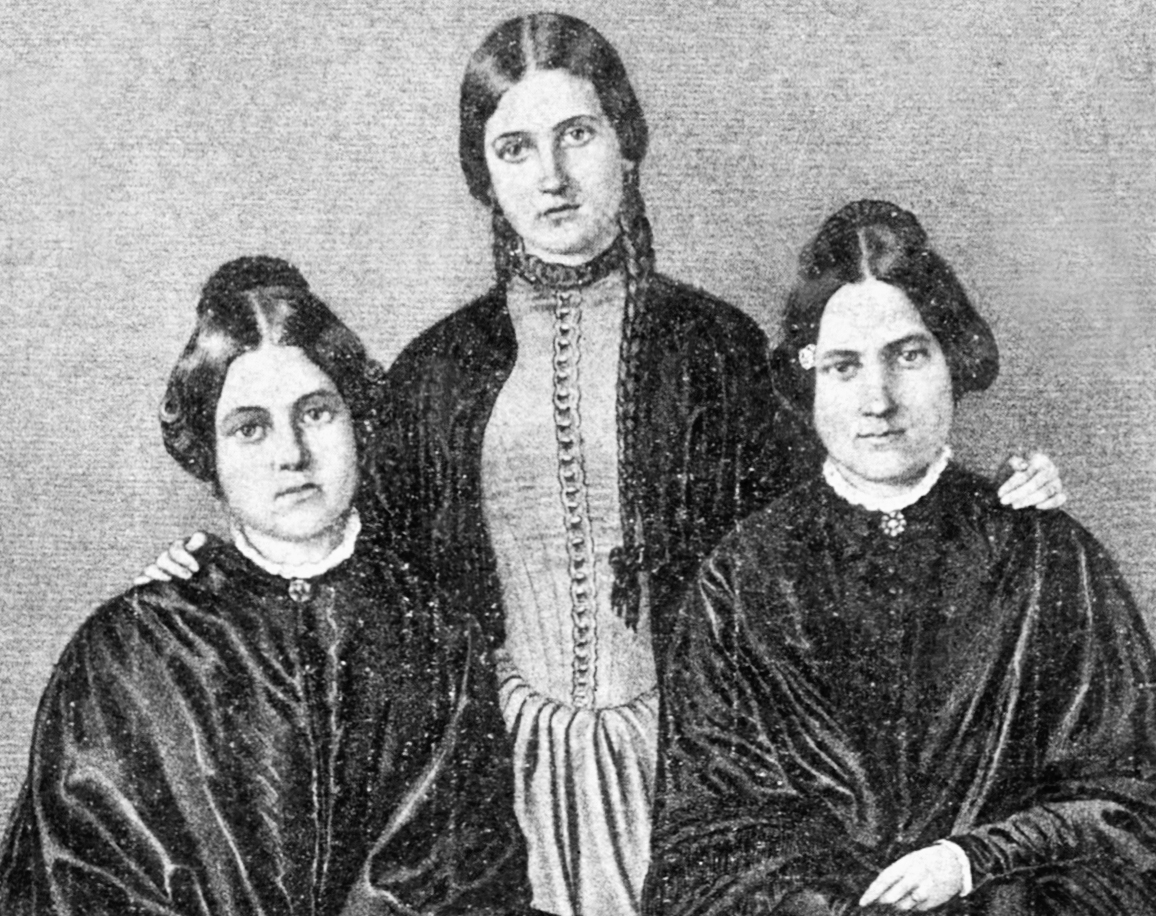
In 1888, Margaret Fox confessed that the whole thing had been a fraud, and Kate indorsed the confession. Leah Fox was then dead. Subsequently Margaret retracted the confession, and this retraction completely satisfied the Spiritualists, who at her funeral predicted that the year 1848 (the year of the first rappings) would loom higher in history than the year 1 of the Christian calendar.
But the Spiritualists were never able to explain how it was that Margaret and Kate Fox not only confessed the fraud, but gave public exhibitions of how it was committed. On October 21, 1888, Margaret Fox appeared before an audience of 2,000 persons in the Academy of Music, in this city, and gave a demonstration. Physicians went upon the stage and felt her foot as she made the motions by which she had produced the raps heard around the world. Then she stood in her stocking feet on a little pine platform six inches from the floor, and without the slightest perceptible movement made raps audible all over the theatre. She went down into the audience, and there, resting her foot on that of a spectator, showed how by the motion of her toe the sound was produced.
She gave other public exhibitions, and her subsequent retraction of her confession did not explain away the demonstrations. Kate Fox became a dipsomaniac, and her children were taken away from her because of that fact. She died in 1892, and Margaret a year later. Margaret’s last words were: ‘Give me one more drink.’ She, too, had become a dipsomaniac.”


